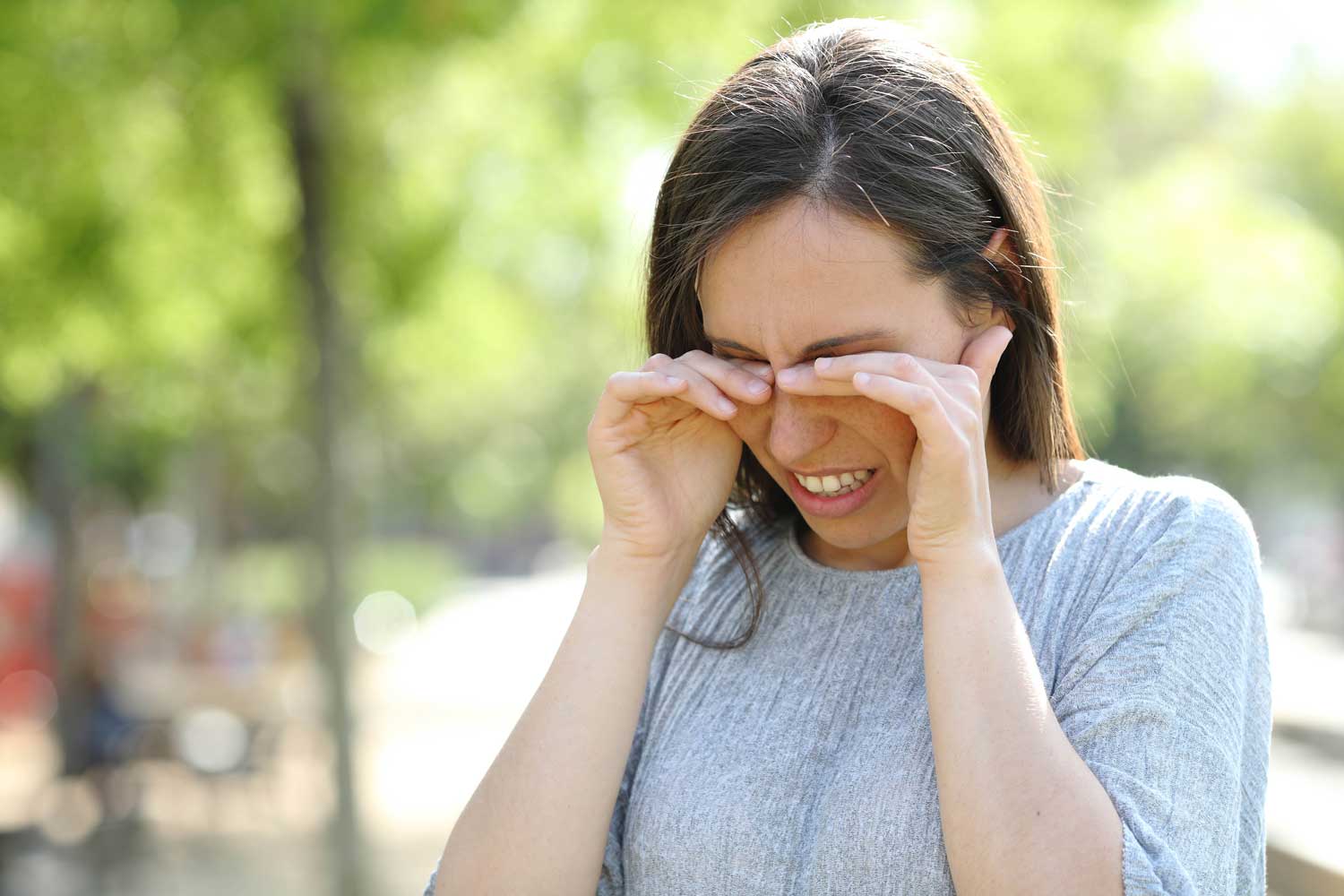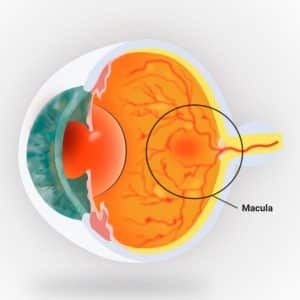
HOW TO MANAGE A DRY EYE DISEASE FLARE-UP
If you’re one of the 16 million Americans diagnosed with dry eye disease, you’re no stranger to the burning and watering that comes with this chronic eye condition. Finding the right combination of treatments and lifestyle changes that relieve symptoms can take a lot of time and effort. So, it’s especially frustrating for those who have found relief to later experience a flare-up. A flare-up is a temporary episode of discomfort that can last a few days to a few weeks. Knowing what triggers your dry eye flare-up and taking advantage of new medicines and therapies may help you regain relief faster.
What is a Dry Eye Flare-up?
A flare-up is an episode of worsening dry eye symptoms that occurs in response to an external trigger in patients who have dry eye disease. Often it occurs suddenly, resulting from the body’s inflammatory response to injury.
“If a ball hits your arm, your skin turns red, swells up and becomes tender and painful. When your ocular surface (the eye’s surface) takes a ‘hit’, your eye tears up, gets red and feels uncomfortable,” said Christopher Starr, MD, associate professor of Ophthalmology at Weill Cornell Medicine.
A flare-up in a person with dry eye is like an “attack” in a patient who has asthma. In both cases, discomfort may be heightened by the body’s natural immune response. Doctors estimate that about 80% of patients with dry eye experience flare-ups.
What Causes Dry Eye to Flare Up?
Many things can reduce tearing or cause inflammation, triggering a flare-up, including:
- air conditioning
- wind
- exposure to low air humidity, such as a long airplane ride
- uninterrupted screen time including: working at a computer, watching TV or scrolling through a phone
- prolonged contact lens wear
- seasonal allergic conjunctivitis
- failing to take prescribed medication for dry eye
- air exhaled onto the ocular surface from the top of a loose-fitting mask worn during the COVID-19 pandemic
- eye surgery (including LASIK, cataract and others)
Cataract and LASIK surgery are common dry eye triggers for several reasons. Damage to corneal nerve endings during the incision process can lead to temporary decreased tear production and corneal sensation. Flare-ups following eye surgery can last for weeks or months. Topical medications prescribed after surgery, such as drops or ointments, can contribute to flare-ups, especially if they contain preservatives. The eye’s surface will heal over time and these issues should resolve.
If you have dry eye and need eye surgery, discuss options with your ophthalmologist to “pre-treat” your eyes before surgery to help minimize symptoms and “mute” a flare-up.
Symptoms of Severe Dry Eye Flares
Signs include a return or worsening of the symptoms experienced before the condition was under control, including:
- tearing
- ocular burning
- red eyes
- blurred or fluctuating vision
- feeling that eyes “hurt” or are “tired”
- desire to just close your eyes
How Long Does a Dry Eye Flare-up Last?
While several therapies may help, there’s currently just one FDA-approved medicine specifically for dry eye flare-ups, Eyesuvis. This is a topical corticosteroid that can be used for up to two weeks.
Your eye doctor may suggest combining this treatment with lifestyle changes and other medications. They may also prescribe an immunomodulator like Restasis, Cequa or Xiidra to encourage longer-term healing.
If you notice new or worsening dry eye symptoms, call Eye Associates of South Texas to schedule with a dry eye expert right away. Source: aao.org

 Previous Post
Previous Post Next Post
Next Post


